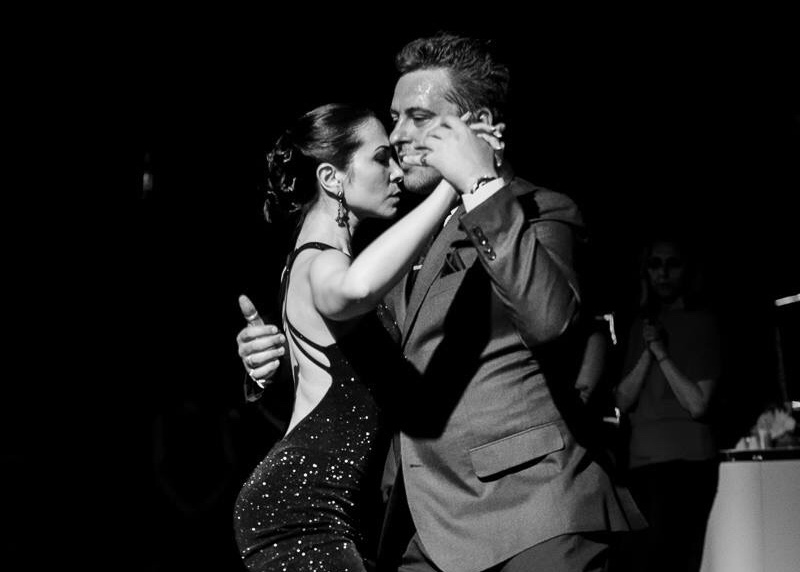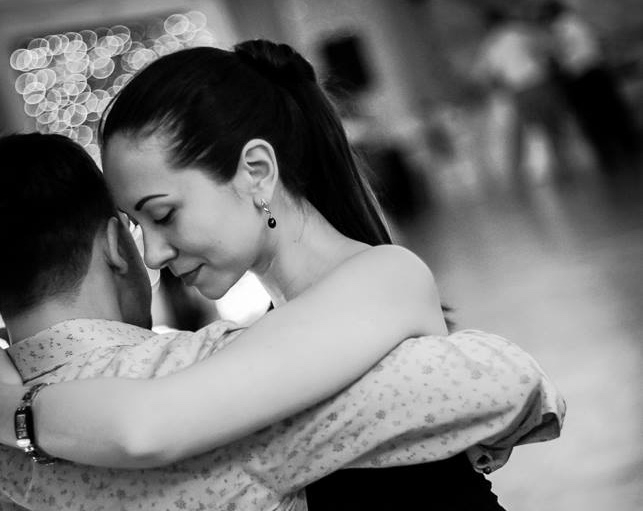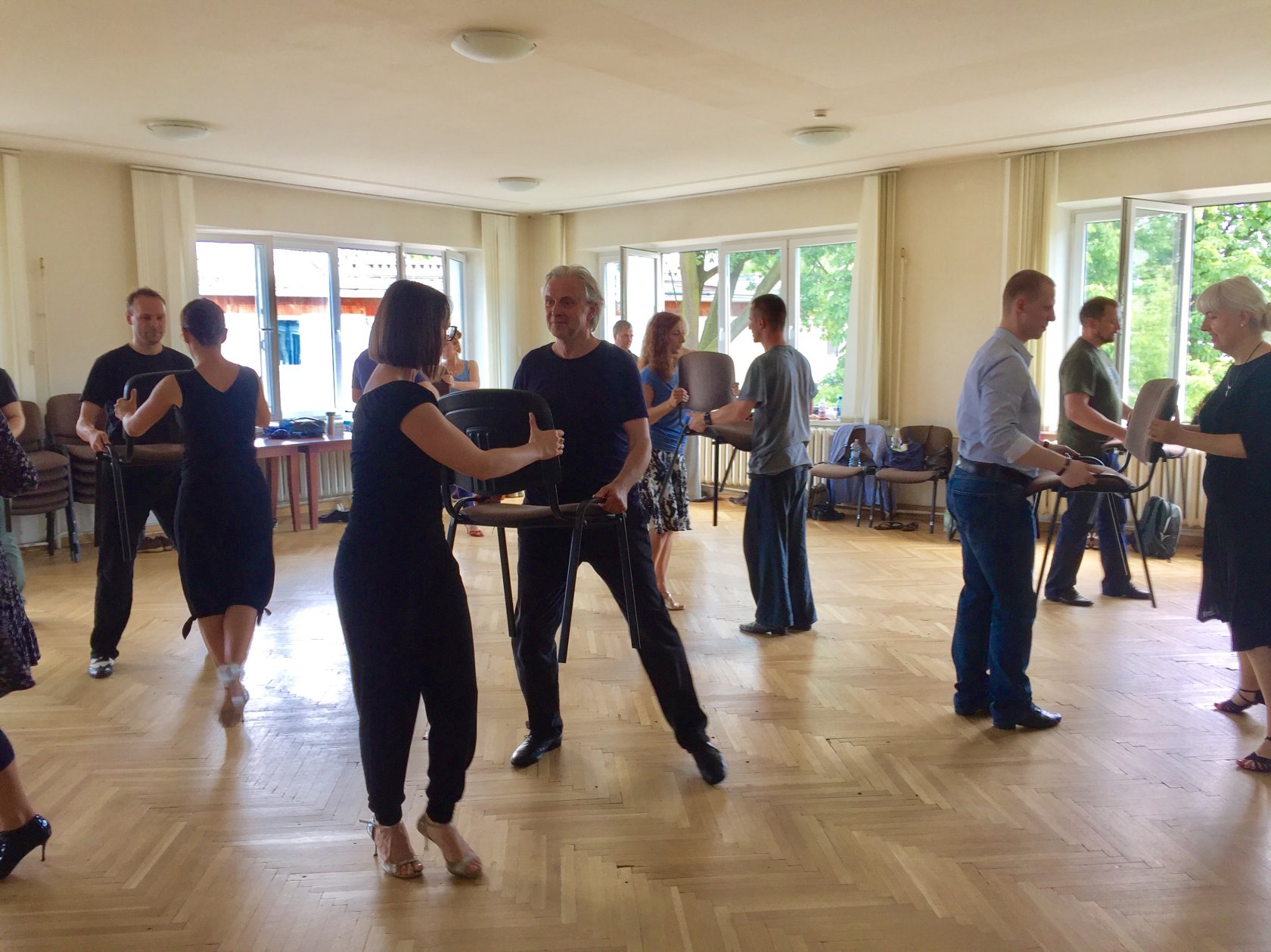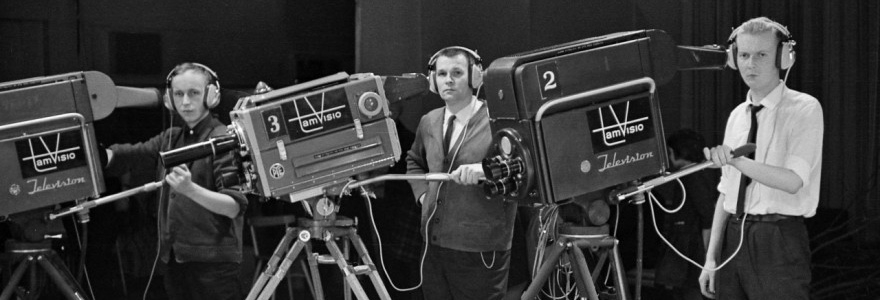ELENA SERGIENKO
Does embrace equal communication?
Embrace as a space of contact
"When I look at two embracing bodies I am far less interested in man and woman themselves than in this new, third essence, which is generated by this relationship between the two and that cannot appear without their contact." Auguste Rodin
I gave up on writing an article on embrace many times because it seemed impossible to include all the ideas into one text. Then I suddenly realized, why should it be just one? Why not explore each aspect of embrace? We can talk about the form, the technique, the intention, the purpose and the physiology of embrace with another person. This first article is about the most important things, contact and interaction.
Strange but true: most people have poor communication skills and it doesn’t let them dance well. We always forget that we should be a couple while dancing and at the same time we try to do everything possible (and often impossible) in order to make another person happy. But most of us dance with their fantasies on how it should be instead of a real partner right here and right now.
Strange but true: most people have poor communication skills and it doesn’t let them dance well. We always forget that we should be a couple while dancing and at the same time we try to do everything possible (and often impossible) in order to make another person happy. But most of us dance with their fantasies on how it should be instead of a real partner right here and right now.
A key misconception, in my opinion, comes from the question itself:
What should I do to make it feel good? How am I supposed to stand? Do I need to relax, to stretch, to bend something? How should I hold my elbows, shoulders, hips? Me, myself and I… in these reflections the other person is almost completely missing. It is assumed that when one becomes perfect and his embrace gets to the 80th level of coolness, his partner would feel good. Unfortunately, most likely he would not. Perfect embrace and posture that are suitable for people you practiced with (most often it is permanent partner or tango school group) suddenly don’t work with people of a different body constitution, temper and patterns or with someone from another school or country. Definitely, aspiration to the ideal comes from inner nobility, but it doesn’t make the dance more enjoyable.
People rarely notice the outer world beyond themselves, but when they do, they sometimes find that there’s a partner out there. When it happens, they are genuinely surprised that the cherished "perfect" embrace isn’t comfortable for this person and he or she is taller-shorter-slimmer-bigger-slower-faster-another option than we expected and got used to. If you still want to dance after this surprise, you begin to ask totally different questions.
What does SHE/HE want now? How can I adapt myself for THIS SPECIFIC PERSON? What does THIS body tell me? And then we make a first step from perfectionism to the real contact and responsibility for the dance.
People rarely notice the outer world beyond themselves, but when they do, they sometimes find that there’s a partner out there. When it happens, they are genuinely surprised that the cherished "perfect" embrace isn’t comfortable for this person and he or she is taller-shorter-slimmer-bigger-slower-faster-another option than we expected and got used to. If you still want to dance after this surprise, you begin to ask totally different questions.
What does SHE/HE want now? How can I adapt myself for THIS SPECIFIC PERSON? What does THIS body tell me? And then we make a first step from perfectionism to the real contact and responsibility for the dance.

Photo credit: Ян Костин
You can’t even imagine how many types of embrace I’ve tried over the years of active dancing! But the best of them were cozy and soft like big teddy bears, flexible, reliable, clear, you feel free in such an embrace (regardless of whether it was open or close). When such tandas happen, you feel that you become larger, increasing by another person while dancing, and together you create something third, new and something that is more than just you both together.
Embrace is not just me, or my partner, it’s a third thing that we form together. It is a kind of communication space where we speak a language that is intelligible for both of us, we co-create. We both depend on the embrace, but it also supports us both. This is our context, that’s how we begin to truly understand and take each other into account. Leading and following in this case become different poles of a single process of interaction and it feels like something is happening inside the other person too, not just inside me.
This invisible structure has internal "laws", strings and form, although it is very flexible and exists rather in the form of internal springs. It is not a fixed rigid structure. Maintaining this third element is more important than of each of us individually. Without this third element we do not exist as a couple and so, we dance near each other side by side but not together.
Embrace is not just me, or my partner, it’s a third thing that we form together. It is a kind of communication space where we speak a language that is intelligible for both of us, we co-create. We both depend on the embrace, but it also supports us both. This is our context, that’s how we begin to truly understand and take each other into account. Leading and following in this case become different poles of a single process of interaction and it feels like something is happening inside the other person too, not just inside me.
This invisible structure has internal "laws", strings and form, although it is very flexible and exists rather in the form of internal springs. It is not a fixed rigid structure. Maintaining this third element is more important than of each of us individually. Without this third element we do not exist as a couple and so, we dance near each other side by side but not together.
That's how everything works in the perfect tango world.
But we live in the real world.
But we live in the real world.
And we need to remember two things about this real world.
Let’s start with the bad one. When you "come out of the shadow" to a partner, then most probably you realize that he or she is not there. I mean, physically present with you, but desperately struggling too and trying to do something intricate for "making it feel good" without paying any attention to you and your needs.
The good news is that by learning how to create the harmonious space you will understand your partner and see where he doesn’t do his best. And yes, you can make up for it. Unless you don’t want to do this, of course, there are many options. Remembering how it feels in the perfect world of the perfect embrace you could create these connections independently, interacting, so to speak, with your partner’s inner essence and ignoring the external distortion. Your partner likely tries so hard to twist and bend the body and to strain his toes not for the fun of it. This compensation, of course, is the anti-crisis measure, but what else can you do if the external world is something we still have to consider.
Let’s start with the bad one. When you "come out of the shadow" to a partner, then most probably you realize that he or she is not there. I mean, physically present with you, but desperately struggling too and trying to do something intricate for "making it feel good" without paying any attention to you and your needs.
The good news is that by learning how to create the harmonious space you will understand your partner and see where he doesn’t do his best. And yes, you can make up for it. Unless you don’t want to do this, of course, there are many options. Remembering how it feels in the perfect world of the perfect embrace you could create these connections independently, interacting, so to speak, with your partner’s inner essence and ignoring the external distortion. Your partner likely tries so hard to twist and bend the body and to strain his toes not for the fun of it. This compensation, of course, is the anti-crisis measure, but what else can you do if the external world is something we still have to consider.

Photo credit: Аня Семенюк
Okay, it’s clear, you’ll say, so what? What about the real dance? How should I practice? Where should I find this third structure? Try to start with creating a relevant image in your head and trying to bring this image to your dance. Without such image we would not be able to make any step at all. If you don’t want to get up in the morning, you can spend the whole day lying in bed. We usually don’t notice this wish (let's call this an intention) when talking about usual or day-to-day actions. On the contrary, doing something complex and unfamiliar (for example, walking on hands) is impossible while being unprepared, without such intention and imagining this action in detail.
I’ll write more on the structure of embrace soon. For now you can exercise to find common space with your partner. I am going to make the video with this exercise soon. Now you can try to do it as you understand from this text, the idea is simple and clear.
Together with a partner take a small, round object. It could be a tray of a medium size or a large plate. It is our model of the embrace. It will show us what is really going on while dancing and how much it differs from what we imagine. If there is nothing similar to a tray or a plate, you can take any suitable object. During the workshops in Warsaw we used chairs, for example, and everybody survived and was happy:
I’ll write more on the structure of embrace soon. For now you can exercise to find common space with your partner. I am going to make the video with this exercise soon. Now you can try to do it as you understand from this text, the idea is simple and clear.
Together with a partner take a small, round object. It could be a tray of a medium size or a large plate. It is our model of the embrace. It will show us what is really going on while dancing and how much it differs from what we imagine. If there is nothing similar to a tray or a plate, you can take any suitable object. During the workshops in Warsaw we used chairs, for example, and everybody survived and was happy:

Hold this object in front of you on the level of the solar plexus between you and your partner. Don’t raise hands too high. Keep your elbows approximately at the level of the diaphragm. Your shoulders should be relaxed. Focus your attention in your hands as if you were trying to reach this object not only with your hands but with the whole body too (including the pelvis).
Together with your partner and this "embrace" try to do mutual ochos forward and backward. You can try just to walk with this object first. Try to lead and to follow the intention of your partner through it. This isn’t as easy as you might have thought. Then start dancing ochos. During the mutual rotation this object should remain between you in the same position as it was at the beginning. You will have to twist your body and allow your hands' joints to move free. If the hands remain fixed, each of the partners will feel that the other "pulls" the embrace or tries to move it somewhere at the wrong time. Don’t be afraid of the feeling that your hands are too active or are moving too much towards your partner. That’s the right feeling. Pay attention to your muscles, they should remain soft. Don’t let them become too tense, you can use this exercise for this:
Together with your partner and this "embrace" try to do mutual ochos forward and backward. You can try just to walk with this object first. Try to lead and to follow the intention of your partner through it. This isn’t as easy as you might have thought. Then start dancing ochos. During the mutual rotation this object should remain between you in the same position as it was at the beginning. You will have to twist your body and allow your hands' joints to move free. If the hands remain fixed, each of the partners will feel that the other "pulls" the embrace or tries to move it somewhere at the wrong time. Don’t be afraid of the feeling that your hands are too active or are moving too much towards your partner. That’s the right feeling. Pay attention to your muscles, they should remain soft. Don’t let them become too tense, you can use this exercise for this:
Take care of the timing. Steps and turns of both partners should be synchronized. Don’t forget that step and pivot are different movements. You shouldn’t try to make a step and pivot at the same time. Next, the embrace during the pivot shouldn’t shift. If you succeed, you’ll feel your embrace as an additional support. It helps to be more stable and take care of the couple space.
If you want to complicate the task, put a glass of water on the tray and try not to spill it. Another intriguing option is to put something round on a tray, for example, a couple of small apples or eggs.
Have a good practice and pleasant discoveries!
If you want to complicate the task, put a glass of water on the tray and try not to spill it. Another intriguing option is to put something round on a tray, for example, a couple of small apples or eggs.
Have a good practice and pleasant discoveries!
Subscribe to Simple&Elegant Blog to keep in touch!
We use cookies and other metadata to provide the best experience. If you don't agree with the Policy, you can leave the site.
Ok, thanks!
All text, photo and video materials belong to their owners.
Reference to the source is obligatory.
Photo and other credits: Dream Team
© Elegance is Simple. All Rights Reserved.
hello@simplenelegant.com
Reference to the source is obligatory.
Photo and other credits: Dream Team
© Elegance is Simple. All Rights Reserved.
hello@simplenelegant.com

Dream Team
Video, Editing, Directing and Creative Support - Daria Ermolaeva
Video Operating - Vladimir Kutakhov
Animation and pictures - Evgenja Chernikova
Logo and icons - Anastasia Rotar
Photo - Anya Semenyuk, Daria Ermolaeva, Viktoria Fedirko, Maria Mosolova, Dmitry Volkov, kaboompics.com, imagefinder.co, freestock.org, gratisography.com, facebook.com
All photos are used with the permission of their owners and/or have an open license.
Video Operating - Vladimir Kutakhov
Animation and pictures - Evgenja Chernikova
Logo and icons - Anastasia Rotar
Photo - Anya Semenyuk, Daria Ermolaeva, Viktoria Fedirko, Maria Mosolova, Dmitry Volkov, kaboompics.com, imagefinder.co, freestock.org, gratisography.com, facebook.com
All photos are used with the permission of their owners and/or have an open license.

